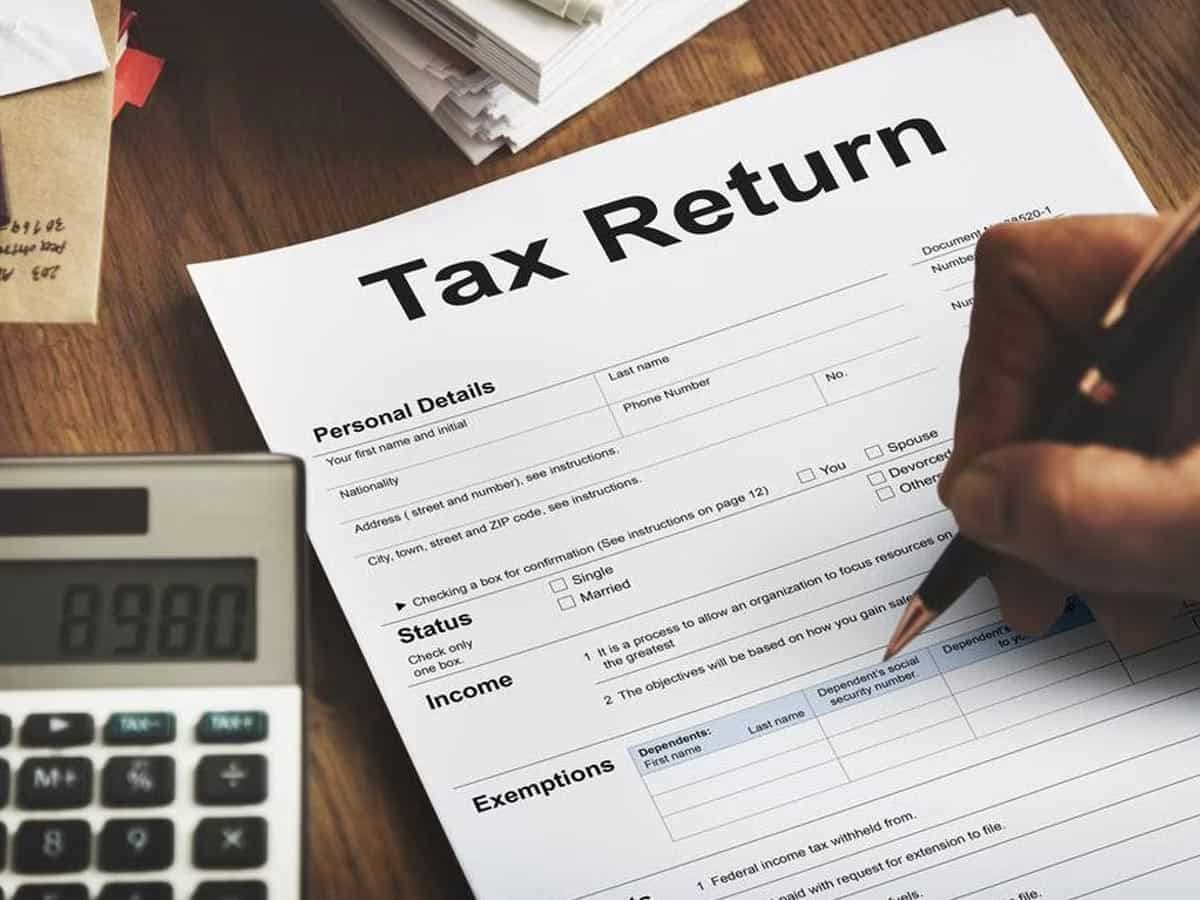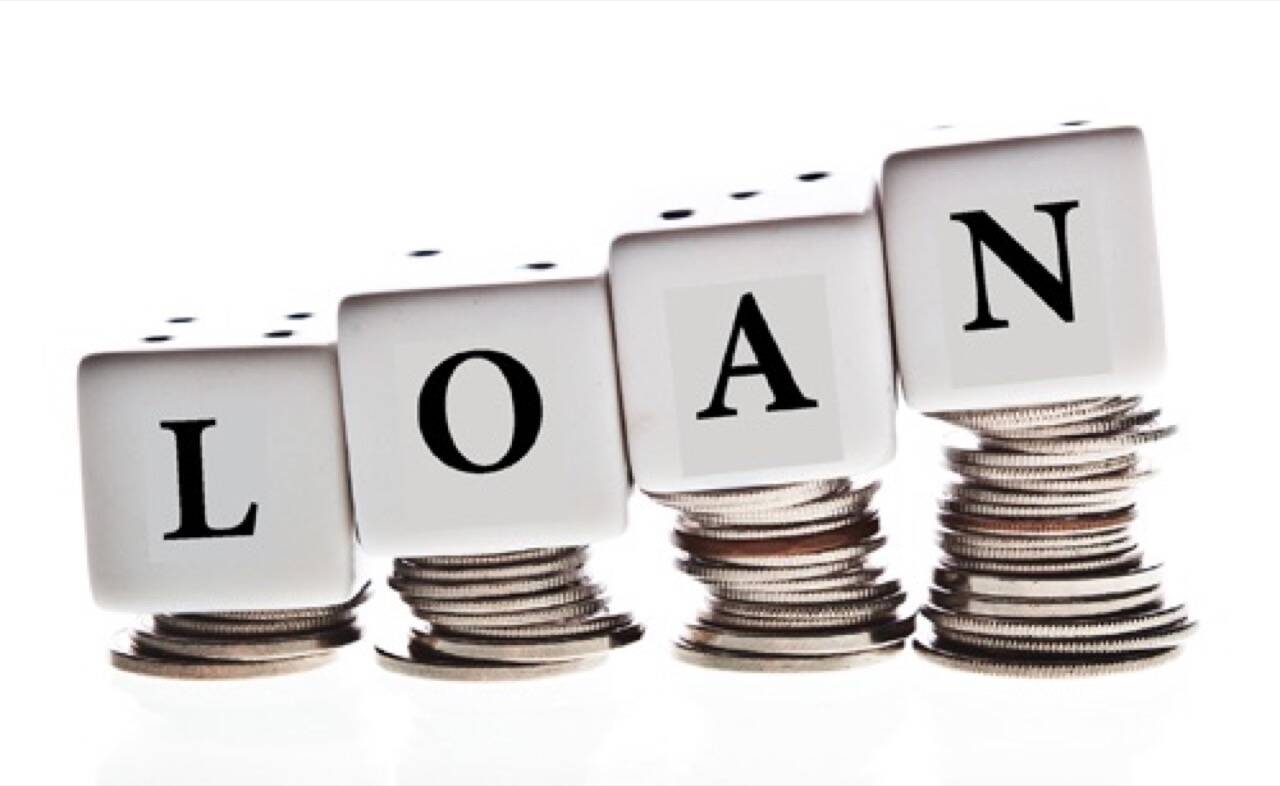Are you looking to become a knowledgeable ETF trader quickly? If so, you have come to the right placeInvesting in exchange-traded funds (ETFs) can be both lucrative and complexFrom analysing technical indicators and fundamental analysis to understanding which sectors or asset classes are worth investing in, there is much to learn if you want to succeed as an ETF trader.
This article will provide tips on how traders of all levels can get up-to-speed with trading ETFs efficiently and effectively in the shortest possible timeframeLet’s get started.
What Are ETFs, And Why Trade Them?
ETFs, or exchange-traded funds, provide a great way to diversify your investments quickly and effectivelyThey are passive investment funds that can track the performance of an index, sector, commodity, or another asset without buying into every stock or asset in the fundETFs offer tax efficiency compared to mutual funds and tend to have lower feesWith ETFs, people can diversify their portfolios with very little money upfront.
Plus, unlike traditional investments such as stocks, people can trade ETFs throughout the day like any other stock at market priceIt provides added flexibility regarding when investors can purchase and sell their ETF holdingsFurthermore, ETF trading allows traders to benefit from specific strategies such as short selling and margin trading – not available with many forms of long-term investingThus, ETFs offer traders various options and advantages when managing their hard-earned money.
How to Read an ETF Prospectus
Every ETF has a prospectus that outlines the ETF’s objectives, investment strategies, and associated feesThis document is essential to understand how an ETF works and whether it is suitable for your portfolio.
When reading ETF prospectuses, remember that ETFs are not mutual funds – they do not require you to buy into every stock or asset that makes up the fundETFs also have different management structures compared to traditional investments such as stocksETFs are managed by professional money managers who strive to achieve their stated goals while balancing risk against return.
Reading through the ETF prospectus carefully and considering any additional risks mentioned within the document is essentialDoing so will help you understand what you are investing in and whether it is the right choice for your portfolio.
How to Find the Best ETFs to Trade
When searching for suitable ETFs to trade, you should use a combination of fundamental analysis and technical indicatorsFundamental analysis analyses an investment’s fundamentals, such as dividend yield, management team, earnings history, etcOn the other hand, technical analysis involves looking at an ETF’s historical price data and volume to find trends and patterns that could help inform your trading decisions.
Using a combination of these two analysis methods can indicate which ETFs are more likely to provide good returns – and when the best time is to buy or sell themAdditionally, when researching ETFs, make sure you pay attention to any news stories about the underlying assets of a particular ETF, as these could potentially affect your trading decisions.
How to Place a Trade on an ETF
ETFs can be traded like any other stock – so you’ll need to open an account with a broker and deposit money into itAfter that, you can place trades by entering the ticker symbol of the ETF, specifying the number of shares you want to buy or sell, and hitting ‘enter’.
:max_bytes(150000):strip_icc()/shutterstock_253590586-5bfc35fbc9e77c005145e06f.jpg)
When placing a trade on an ETF, always consider how much risk you are willing to take before initiating a positionYou should also set stop-loss orders if the market moves against your positionStop-loss orders will automatically close out your positions when they reach a certain price level, thus protecting your funds or limiting your losses.
Tips for Successful Trading
When trading ETFs, keeping your emotions in check, and managing your risk responsibly is essentialDon’t let yourself be swayed by bullish or bearish sentiment – always review the facts before taking a trade.
Diversifying your portfolio when trading ETFs is also a good idea, as this helps spread your risk more evenly across different assets and sectorsAdditionally, swing trading can help maximise returns while minimising risksFinally, use limit orders when entering trades on an ETF – these will ensure that you don’t enter a position at an unfavourable price.
Conclusion
ETFs can be a great way to diversify your portfolio and capitalise on the potential of different marketsBy following the steps outlined in this article, you’ll be able to become a skilled trader in no timeRemember to research before investing, manage your risk responsibly, and use strategies such as swing trading to maximise returns while minimising risksGood luck.
 Lab Diamond Tennis Bracelet: The Epitome of Elegance and Luxury
Lab Diamond Tennis Bracelet: The Epitome of Elegance and Luxury  Unveiling the Truth: Why Mined Diamonds Are Not Scarce
Unveiling the Truth: Why Mined Diamonds Are Not Scarce  Power Duo: SEO Agency Services and Website Design in Pittsburgh
Power Duo: SEO Agency Services and Website Design in Pittsburgh  Dress Rings: A Timeless Choice with Lab-Grown Diamonds and Man-Made Diamonds
Dress Rings: A Timeless Choice with Lab-Grown Diamonds and Man-Made Diamonds  What is the Penalty for Non-Filing of Income Tax Return?
What is the Penalty for Non-Filing of Income Tax Return?  Easiest Tribal Loans – Get Financial Aid with Just Two Clicks
Easiest Tribal Loans – Get Financial Aid with Just Two Clicks  Revolution in Retail: The Influence of HVAC Design on Customer Experience
Revolution in Retail: The Influence of HVAC Design on Customer Experience  Where to Sell My Designer Bag and Sell Gold in Melbourne: A Comprehensive Guide
Where to Sell My Designer Bag and Sell Gold in Melbourne: A Comprehensive Guide  How Long Does Adderall Stay in Your System? What You Need to Know
How Long Does Adderall Stay in Your System? What You Need to Know 